In recent years, the collaboration between the Fondazione Zegna and the San Patrignano community has intensified under the banner of art: the Foundation has offered its collaboration as part of the San Patrignano Design Lab project, and the Foundation’s president, Anna Zegna, donated a work by William Kentridge to the San Patrignano Foundation’s collection, which in September 2020 formed the new museum in Rimini, PART - Palazzi dell’Arte. How are the activities of the Zegna Foundation proceeding? How has art brought the Foundation and San Patrignano closer together? What are the visions that animate these projects? We talked about all this in an interview with Anna Zegna, edited by Ilaria Baratta.
 |
| Anna Zegna. Photo by Sebastiano Pellion |
IB. This year marked the 20th anniversary of the Zegna Foundation, of which you are president, which carries on the values and mission of Ermenegildo Zegna, founder in 1910 in Trivero of the wool mill from which the famous textile business began. Among the founder’s main values was a great sense of philanthropy, an aspect that is embodied today in various areas of intervention, including art and culture. How did you approach the world of contemporary art?
AZ. My grandfather Ermenegildo, besides being a far-sighted entrepreneur, also had a great sensitivity to nature and beauty. This led him to take care of the small mountain town where he was born, shaping the surrounding landscape and calling on architects and artists, such as Otto Maraini and Ettore Pistoletto Olivero, to intervene in private spaces, as well as in the factory and public works of Trivero. His sons, my uncle Aldo and my father Angelo, picked up the baton by involving artists of the caliber of Graham Sutherland to design the trophies that the wool mill awards to the best wools and, alongside Giulia Maria Crespi, were among the two hundred first supporters of FAI - Fondo Ambiente Italiano. So in my childhood it was just as natural to dive into huge tubs of fluffy wool flakes, play by getting dirty in the woods or listen to my parents talk about art. I realize now that this natural “imprinting” has also allowed me as an adult to approach contemporary art and its great masters without too many filters, or superstructures, considering it an everyday element capable of making me reflect and give me joy.
The philanthropic aspect also flows into important projects in the social field: with San Patrignano, for example, the Zegna Foundation collaborates as part of the San Patrignano Design Lab project, which is defined as a set of artisan workshops. Among them, a pathway to recovery from addiction has been teaching the art of hand-weaving for 40 years with the aim of providing vocational training and achieving personal rebirth. Ancient textile processing techniques are combined with the history of made in Italy represented by your company. Can you tell us about this project?
Almost ten years ago I had the good fortune to approach this extraordinary project started by Vincenzo Muccioli, with Letizia and Gian Marco Moratti as his “guardian angels,” and little by little I involved some members of my family as well as the board of Fondazione Zegna. From the very first visit to San Patrignano, the pillars on which the community is founded resonated strongly within me: first of all, work, as a source of dignity on which people can build a solid path to recovery, and then beauty, a contagious beauty, capable of passing from the materials to the hands of the boys who work them and from there to the heart with a magical and therapeutic power. Like all the most authentic things, my approach to the weaving workshop was also very simple: with spontaneity I shared my work experience and my creative contacts, and exceptional projects and collaborations resulted. Under the creative direction of Barbara Guarducci, the girls achieved incredible results, presenting their creations to the most important players in fashion and interior design, starting to produce for important brands and even attending the fashion shows they had worked for.
 |
| Ermenegildo Zegna with the Lanificio behind him, 1942 |
 |
| Ermenegildo Zegna portrayed by Ettore Pistoletto Olivero inArte della Lana, 1947-49. Photo by Damiano Andreotti |
 |
| Larte della Lana, 1947-49, Picture Room of the Lanificio Zegna, Trivero. Photo by Damiano Andreotti |
The San Patrignano Foundation launched in September 2020 the new cultural and exhibition museum project, PART - Palazzi dell’Arte Rimini, where contemporary artworks donated since 2017 to the Foundation are collected. You are featured in the collection with a sculpture by William Kentridge, Untitled VI (Nose in Horse: Napoleon). Why did you choose to donate this work to PART and what do you like about Kentridge’s art?
This is a story of intelligence and love. Intelligence, first of all, of those who conceived the project of a contemporary art collection at San Patrignano, a real gift donated with love by friends, gallery owners and artists themselves, capable of guaranteeing a secure future for the community. So what could have been my gift if not a work by one of the artists I most love and value for his veiled irony? This sculpture by William Kentridge depicts a nose on horseback, precisely as if he were the great leader Napoleon, and in my opinion it is the perfect tribute to the courage with which Rimini was able to overcome all stereotypes and reinvent itself. As in Gogol’’s tale, the nose unmasks the superficiality of a society based on appearances, but it does so with playfulness ... one would almost say with a bitter sweetness between dream and reality, very Fellini-like.
Do you believe that art can bring well-being to those with addiction issues? Why?
I believe that art, and contemporary art in particular, can move us, sometimes even destabilize us, speaking a very direct language, not always rational. So art has the incredible power to interrupt those gestures and habits that we automatically repeat, to stop time and make us ask: why am I doing this? But I believe that it is instead craftsmanship, the decorative arts traditionally opposed to the fine arts, that has a real therapeutic power, healing the soul through slow gestures charged with ancient wisdom. In Italy we have a heritage of inestimable value, handed down from generation to generation. So I like to imagine San Patrignano’s Design Labs as Renaissance workshops, where the Masters are the boys themselves who at the end of their path welcome and guide the newcomers, another brilliant intuition of Vincenzo Muccioli’s method.
 |
| William Kentridge, Untitled VI (Nose on Horse: Napoleon) (2007; bronze, 42 x 46 x 19 cm; Rimini, PART) |
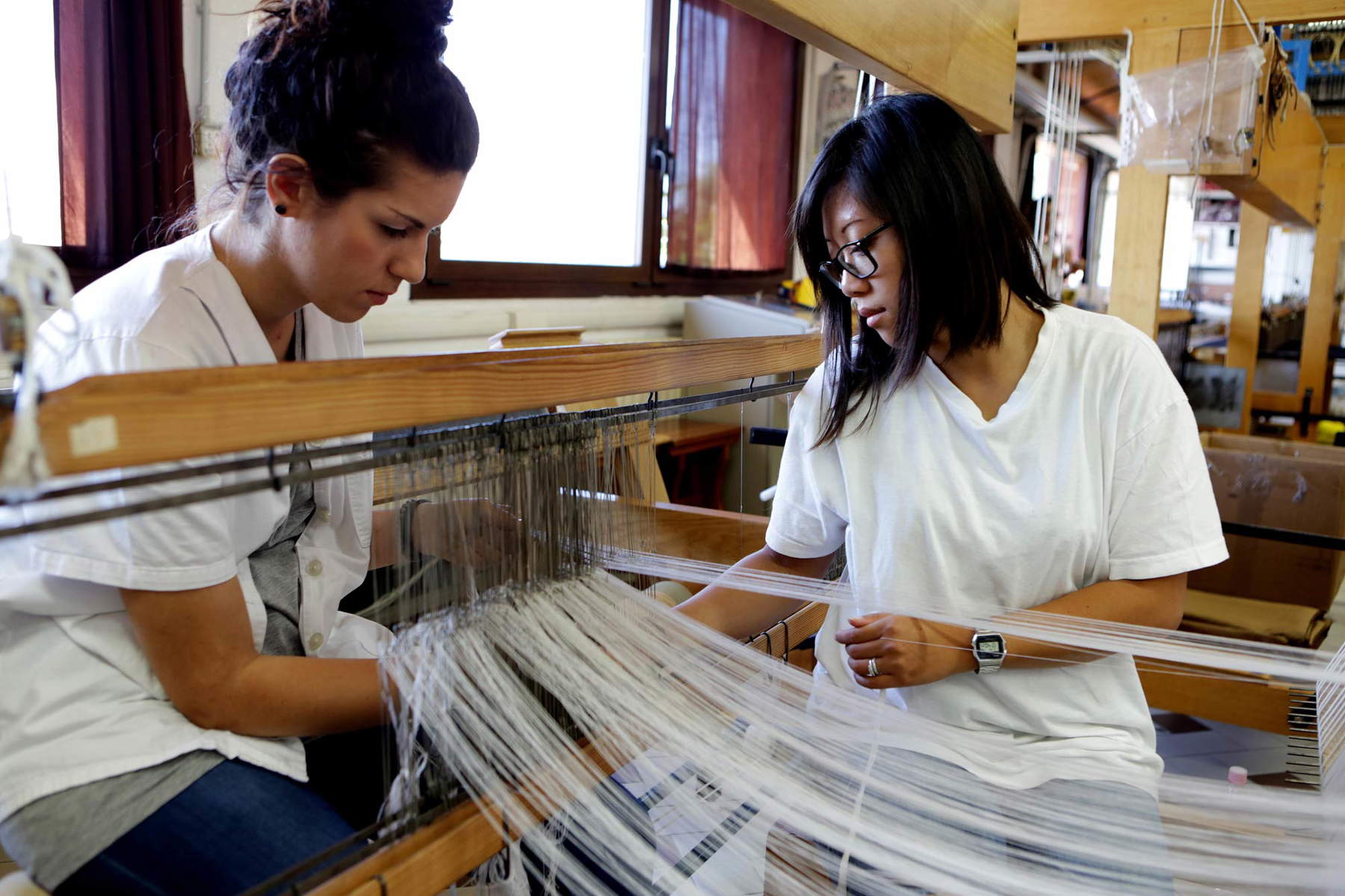 |
| Design Lab. Courtesy San Patrignano Foundation. Photo Gabriele Bertoni |
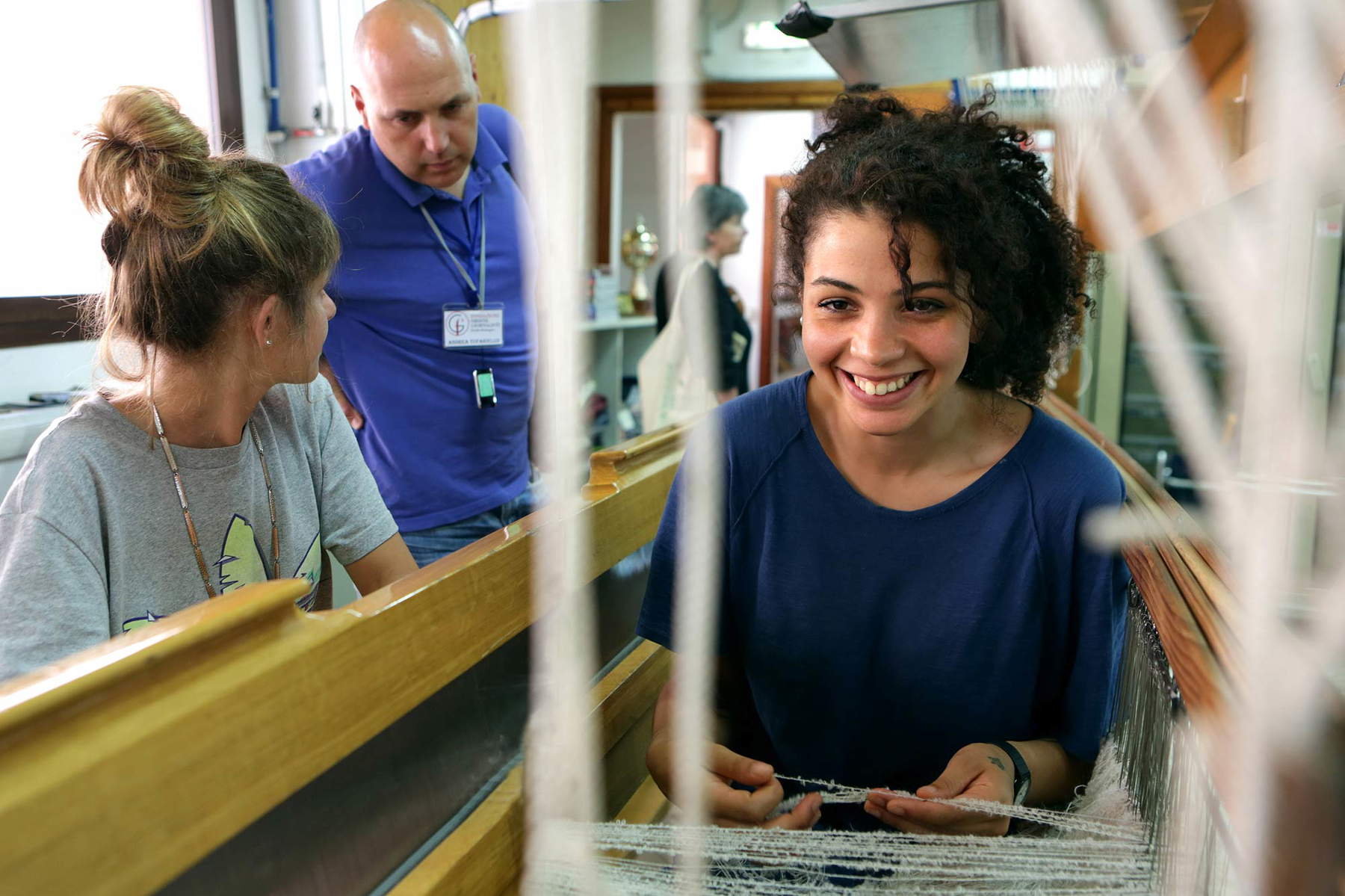 |
| Design Lab. Courtesy Fondazione San Patrignano. Photo Gabriele Bertoni |
 |
| Design Lab. Courtesy San Patrignano Foundation. Photo Gabriele Bertoni |
 |
| Design Lab. Courtesy San Patrignano Foundation. Photo Gabriele Bertoni |
Part of Fondazione Zegna is Casa Zegna, which calls itself a historical archive and a cultural gathering place. Last year it hosted an exhibition dedicated to Pistoletto father and son, and on that occasion Lei did mini-dialogues with curator Alberto Fiz. It was Ermenegildo Zegna who first commissioned a graffiti cycle on The Art of Wool from Ettore Pistoletto in 1929: have there been such collaborations with other artists over the years?
That of the artistic commission is a criterion inherited from our founder that we have carried forward both as a Group and as the Zegna Foundation, finding it akin to us, a bit like a tailor-made garment. Whether it was site-specific works for Trivero, or for one of our stores on the other side of the world, we always asked the artists to immerse themselves in our culture and heritage before we let them free to create. The resulting works could not be more different from each other, but they are nonetheless crossed by a red thread that distinguishes them and represents us.
Since 2008, Fondazione Zegna has created the contemporary art project All’Aperto, through which it supports the creation of public artworks within Oasi Zegna. Would you like to tell us about it?
The project, which was created under the curatorship of my cousin Andrea and Barbara Casavecchia, over the course of a decade, has layered a veritable park of public sculptures, open and accessible to all, on the territory surrounding the Lanificio di Trivero. The dialogue established by these works is twofold: on the one hand toward the local community, which in some cases has been involved in the creative process and still guards them with vigilant care, and on the other hand with nature, which reflects its colors in Dan Graham’s pavilion, moves Daniel Buren’s flags or deposits a patina of mosses and lichens on Alberto Garutti’s benches, to name but a few.
How do you see the current situation of the Italian contemporary art market?
More than the art market, I and the board of Fondazione Zegna are interested in the new forms of management and livelihood that some actors in the art world are introducing. The landscape is very diverse and interesting; I can bring the example of a project that I know closely. In 2010, in partnership with Cittadellarte Fondazione Pistoletto, Fondazione Zegna launched the Visible project to research, produce and support socially engaged art practices globally. After five editions in the form of a production award and having built a unique network, Visible will become a platform for ongoing support of art for social transformation through which interested museum institutions and collectors can “adopt” a project from the network for their own collection.
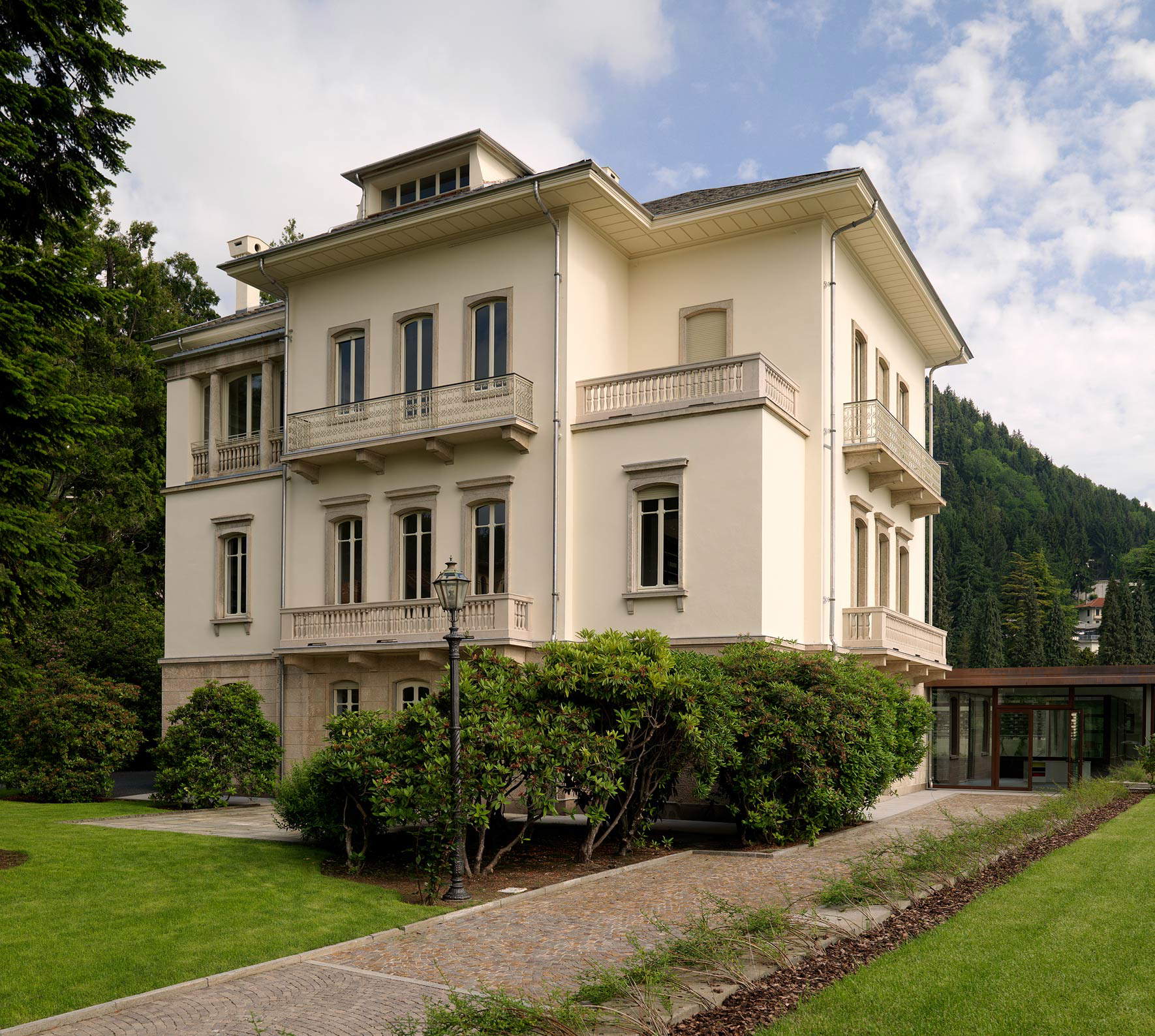 |
| Casa Zegna, Trivero. Photo by Matteo Piazza |
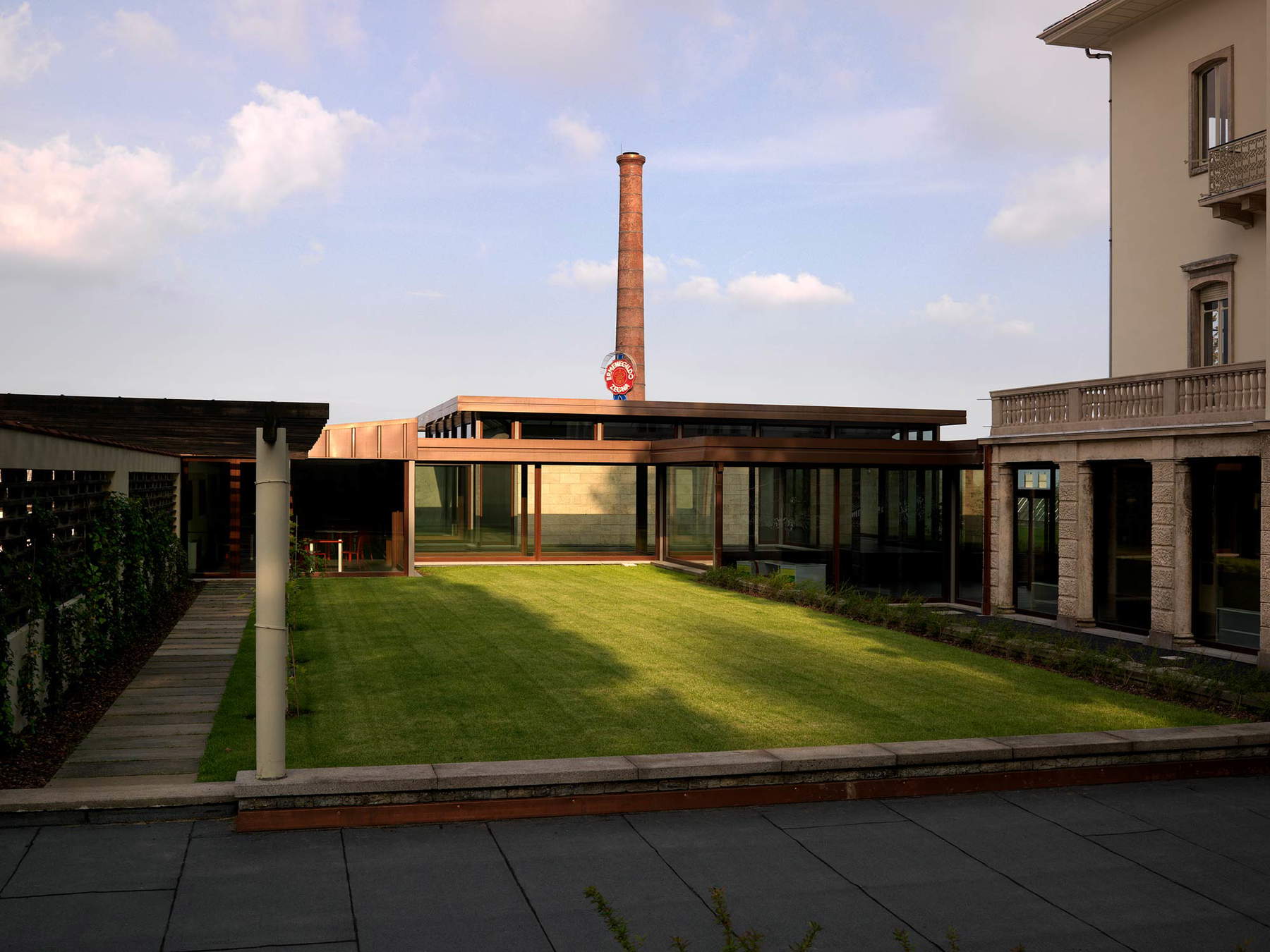 |
| Casa Zegna, Trivero. Photo by Matteo Piazza |
 |
| From Sheep to Shop exhibition at Casa Zegna, Trivero. Photo by Damiano Andreotti |
 |
| Oasi Zegna. Photo by Zone Creative |
 |
| Oasi Zegna. Photo by Zone Creative |
 |
| Oasi Zegna. Photo by Daniel Beres |
 |
| Alberto Garutti, Dedicated to the people who will sit here and talk about it, 2009. Photo by Demian Dupuis |
 |
| Daniel Buren, The colored weathervanes, 2007. Photo by Luca Fregoso |
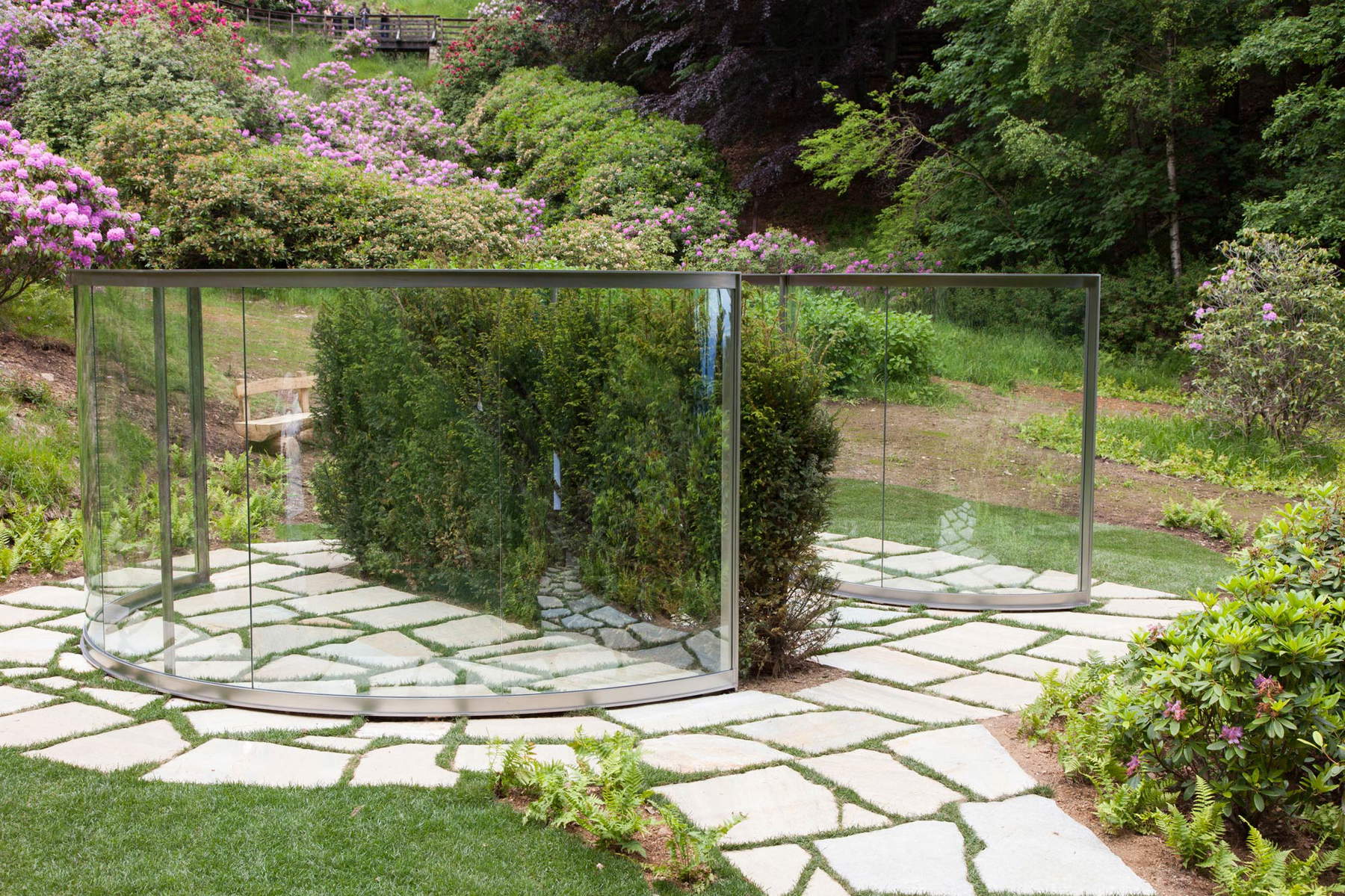 |
| Dan Graham, Two way mirror / Hedge arabesque, 2014. Photo by Giovanna Silva |
Warning: the translation into English of the original Italian article was created using automatic tools. We undertake to review all articles, but we do not guarantee the total absence of inaccuracies in the translation due to the program. You can find the original by clicking on the ITA button. If you find any mistake,please contact us.